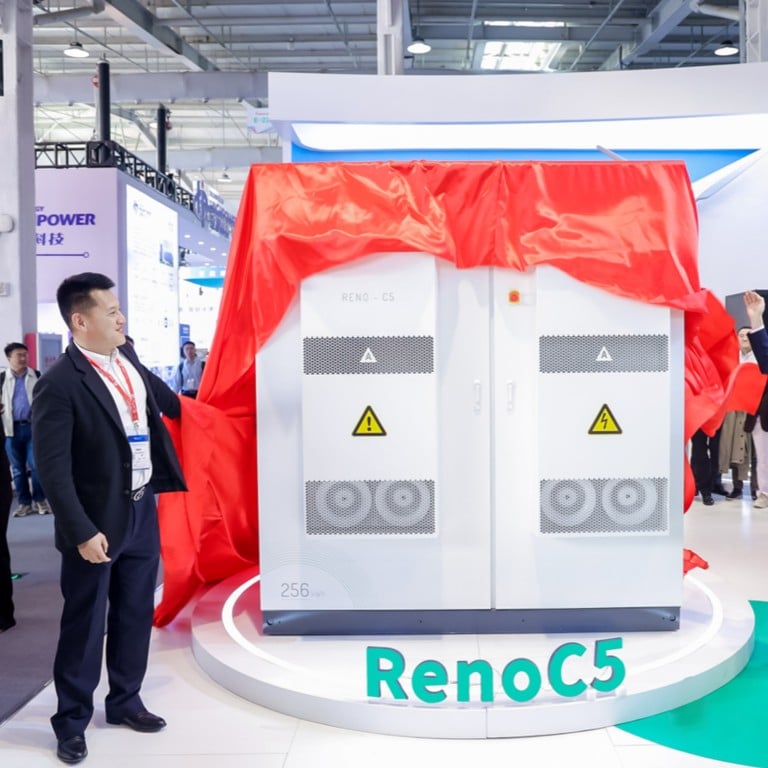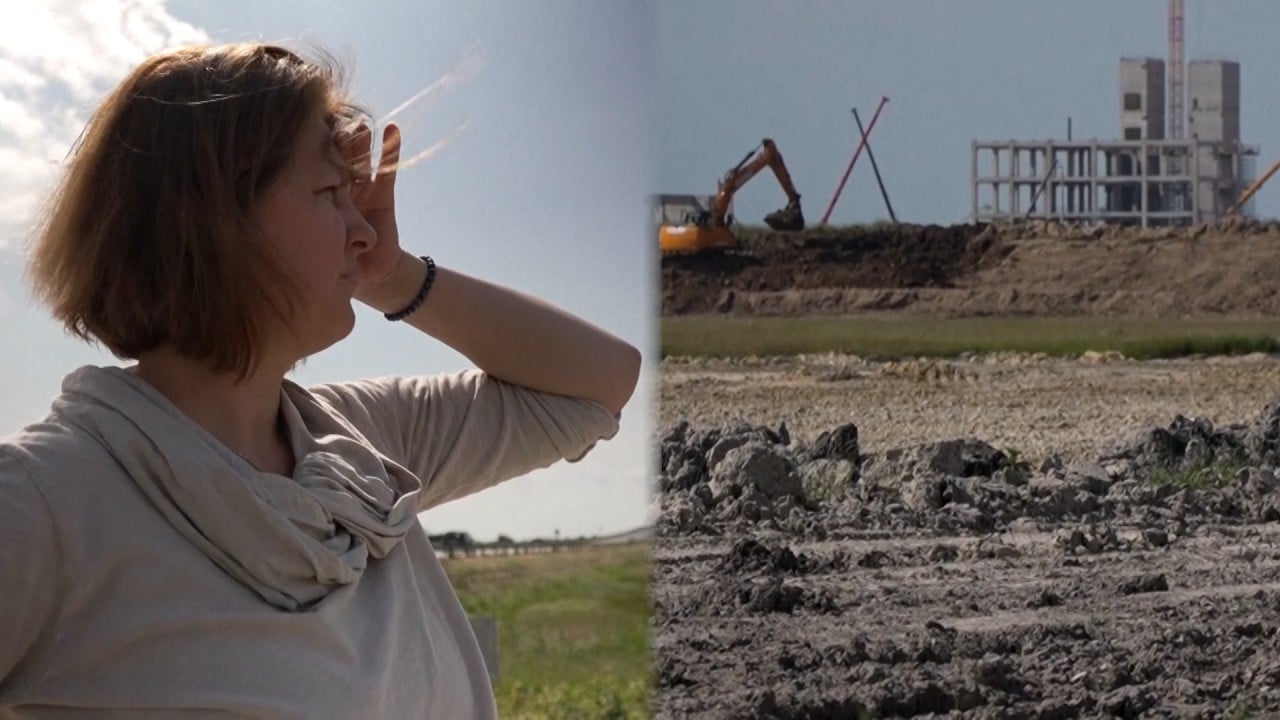
How a little known spin-off of Chinese battery giant CATL has come to dominate the global home energy storage market
- By the end of 2023, Ampace said it had shipped its green energy solutions to over 41 million households in 29 countries across the globe
- The Xiamen-based company also wants a slice of the global market for power tool and electric bike batteries
“There is huge demand and there are diverse application scenarios for small- and medium-scale energy storage and medium-sized lithium-ion batteries, and we want to carve out a space in this part of the battery market,” said Yuan Qingfeng, research and development director at Ampace.
The Xiamen-headquartered company was founded in 2021 as a joint venture between CATL and CATL’s former parent company Amperex Technology Limited (ATL).
Within three years of its inception the little-known company has managed to quietly move into a leading position in the global home energy storage market, in which batteries allow households to store surplus electricity for later consumption.
According to data from Shenzhen Gaogong Industry Research (GGII), China shipped 20 gigawatt-hours (GWh) of the global total of 24GWh of residential energy storage systems in 2023. Ampace was ranked the biggest manufacturer, accounting for over 30 per cent of China’s contribution.
By the end of 2023, Ampace said it had shipped its green energy solutions to over 41 million households in 29 countries across the globe.
The company launched Ampace C5, its latest energy storage facility for both commercial and industrial use in Beijing last week. The system can reduce the cost of operations by 46 per cent over 10 years of use, the company claims, and is expected to be mass-produced from July this year.
“There are a wide range of application scenarios for energy storage installation in different industries and businesses. It’s not only industries and enterprises with high energy consumption – schools, parks and ports also have potential demand for energy storage systems in the future,” he said.
The demand for energy storage systems at home could be slower than it is in overseas markets, but is also likely to improve given China’s push for renewable energy, he said.
China is rapidly expanding its energy storage facilities to absorb record-breaking levels of renewable energy generated from intermittent wind and solar sources to ensure a stable power supply, as the country works towards having 80 per cent of its total energy mix come from non-fossil fuel sources by 2060. That is the same year it wants to achieve net-zero emissions.
“For vehicles and consumer electronics, we see two trends that will benefit the battery market. One is the transition from petroleum to electricity, and the other is the transition from cord to cordless,” said Yuan.
In six years’ time, 30 per cent of two-wheel vehicles worldwide, including mopeds, scooters and motorbikes, will be electric, compared with only a small percentage today, according to McKinsey &Co.
Ampace predicts that cordless power tools such as drills and screwdrivers will have captured over 70 per cent of the global power tool market by the end of 2024.
Last month the company launched Jumbo Power, a battery series targeting cordless power tools in Shanghai, to resolve snags with conventional lithium-ion batteries such as limited runtimes, low charging speeds, and suboptimal performance in lower temperatures.
It has also partnered with manufacturers of two-wheel vehicles, such as scooter specialists Segway Ninebot and Yadea, and Indonesian electric bike infrastructure provider Swap Energy, said Yuan.


